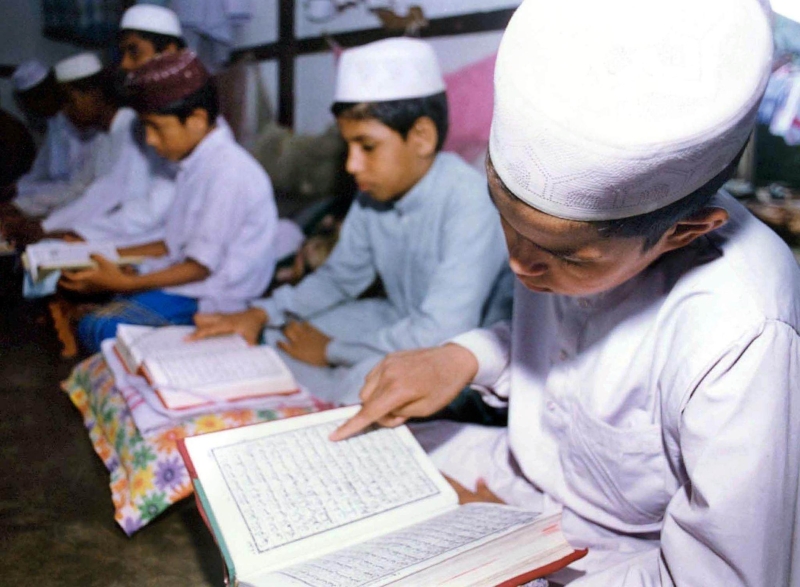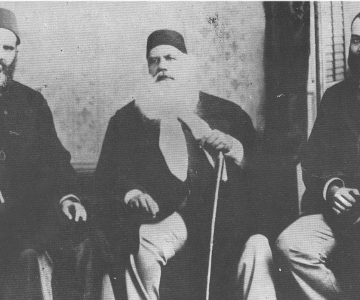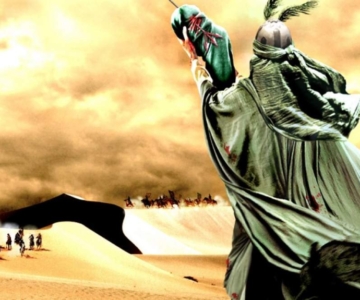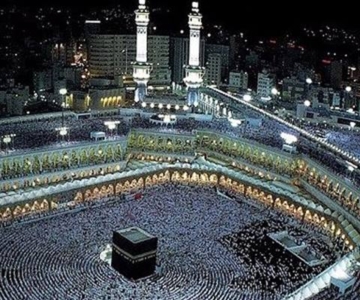Yoginder Sikand’s new book Issues in Madrasa Education in India published by Hope India, Gurgaon is a promising publication. Here is a review by Nasir Khan:
A number of books have been recently published on the madrasas of India, and, in addition to this, madrasas have become a subject of considerable debate in the mass media. This latest addition to the writings on Indian madrasas makes a valuable contribution to our understanding of the subject.
The issue of madrasa reform is much debated today, and several of the articles in this volume examine the question from various angles. The opening article of the volume, titled ‘A Day in Deoband’, based on the author’s visit to the Dar ul-Ulum madrasa in Deoband, India’s largest madrasa, suggests that even many traditionalist ulema, wrongly berated as being wholly opposed to change, actually do support madrasa reforms to some extent, although the way in which they imagine the project of reform substantially differs from that advocated by many outside the madrasa system. This emerges even more clearly in the following article, titled ‘The State and Madrasa Reform: An Indian Deobandi Perspective’. The point is reiterated in subsequent articles, such as one on a Deobandi madrasa in Kashmir which is engaged in providing new forms of technical education in addition to traditional religious instruction, another on traditionalist madrasas in Kerala that have launched innovative experiments to combine religious and secular education, and yet another, on the educational model of the founder of the Jamaat-e Islami, Syed Abul Ala Maududi. A piece on the growing number of women’s madrasas in India makes the argument that promoting women’s rights from within a broader Islamic paradigm is also part of the project of madrasa reforms as even several traditionalist ulema see it. The author argues that this might have important consequences in the future for the nature of religious authority as well as gender-relations among the Indian Muslims.
At the same time as these articles hail little-known efforts at madrasa reform, they also highlight the views of several Muslim activists, including some ulema themselves, who are uncomfortable with what they see as the slow pace of reform and its limited nature and scope. This is particularly apparent in matters related to issues such as inter-sectarian relations, relations with non-Muslims, and also in enhancing the role of the community in the functioning of and the decision-making process in the madrasas, many of which are, now, in effect, family-controlled businesses.
Three articles included in the book deal with the issue of how the Indian madrasas and their ulema have sought to respond to the mounting wave of propaganda directed against them, being accused of being alleged training grounds for ‘terrorism’. Sikand argues that these allegations are unfounded and unsubstantiated. He notes that the ulema have sought to rebut these allegations, but, because they have failed to reach out significantly to non-Muslims, their views continue to go unheard outside the community. To add to this is the fact that large sections of the media appear to have a vested interest in perpetuating negative stereotypical images of the madrasas as ‘dens of terror’ despite evidence to the contrary. At the same time, Sikand writes that the relentless anti-madrasa propaganda has had some unintended positive fall-outs. As a perusal of the madrasa press and the recent activities of some leading ulema bodies indicates, madrasas in India are becoming increasingly conscious of the need for curricular and administrative reform, establishing rapport with non-Muslims and government officials, maintaining proper accounts and so on, this being, in large part, a reaction to the anti-madrasa propaganda.
Although the information that book supplies is interesting, it lacks an overall central focus and a connecting thread that could weave together the thirteen short essays contained in the book (in addition to a section containing reviews of selected recent books on madrasa education in India). A rigorously argued and analytical introduction would have made the book seem less like a random collection of articles. At times, the reader gets the feeling that the author is unnecessarily wary of expressing his own views and is also hesitant to offer any substantial critique for fear of appearing too harsh on the ulema. Yet, all said and done, the book makes interesting and rewarding reading.



